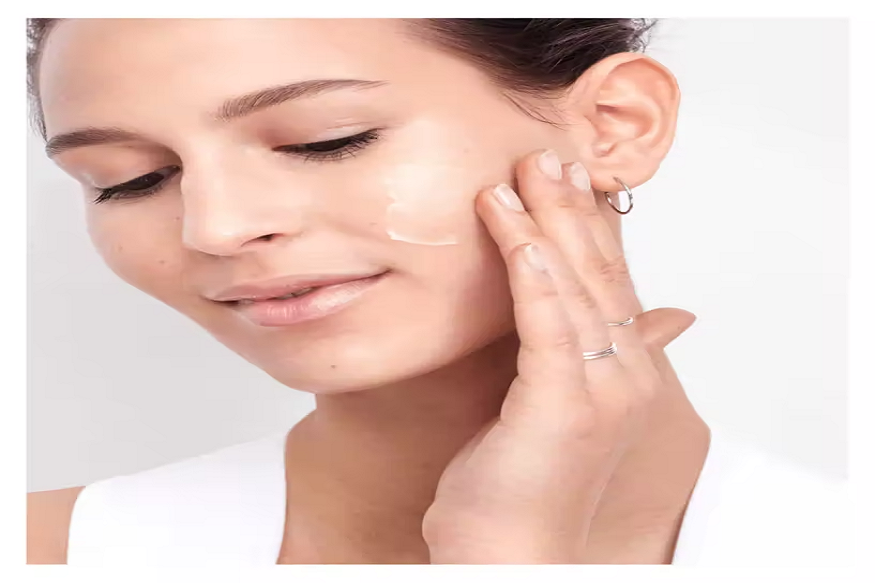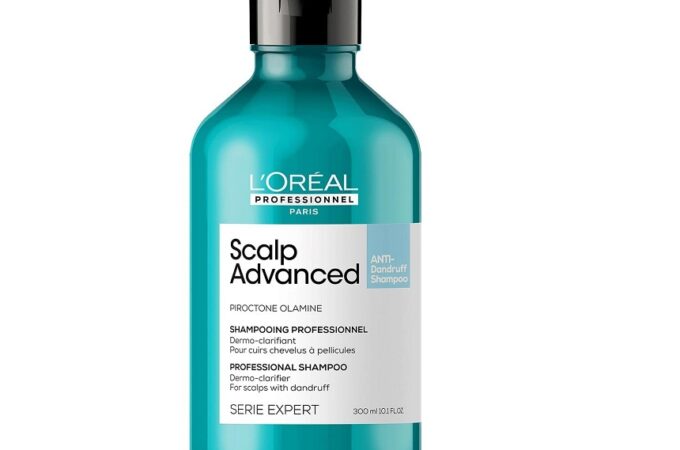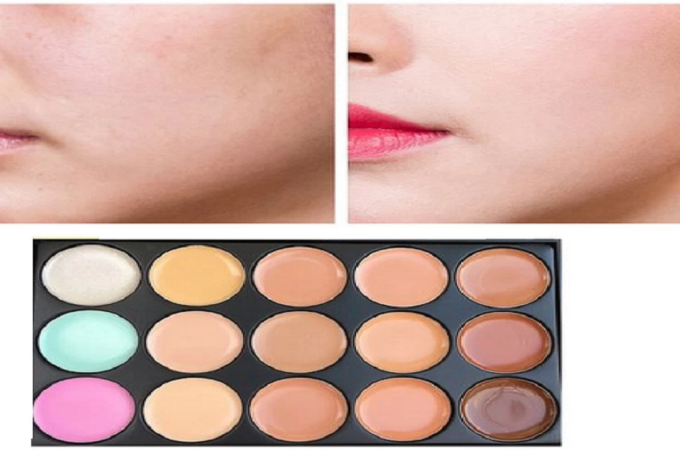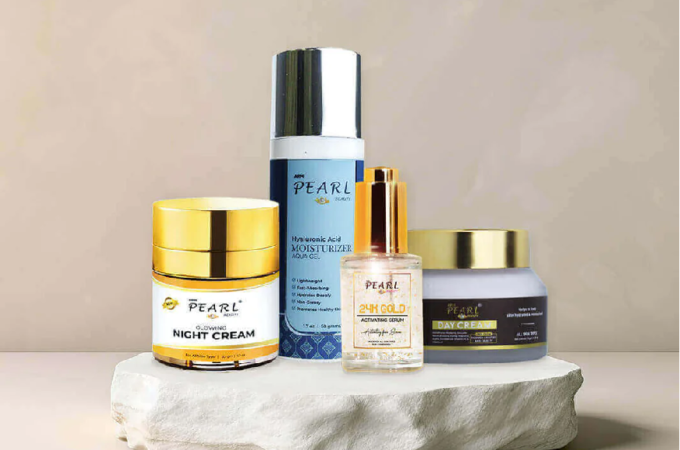
Benefits of Using Retinol on Dry Skin
Do you have dry skin? Do you constantly reach for moisturizer, only to find your skin feeling dehydrated again within hours? We get it—dry skin can be a challenge. This skin type doesn’t produce as much sebum as others, making it harder to retain moisture and build a protective barrier against irritants. As a result, it often leads to flakiness, sensitivity, and a tendency to get irritated more easily.
If you’ve got dry skin, the thought of using retinol might sound like a nightmare. But it doesn’t have to be. When used the right way, retinol can be super beneficial for dry skin. Believe it or not, it helps improve texture, smooth out fine lines, and brighten dullness. Let’s learn how retinol can become your dry skin’s new best friend.
Understanding Retinol and How It Works
Retinol, a fat-soluble form of vitamin A, is a popular ingredient in many skincare and cosmetic products. It’s well-loved for its ability to fight wrinkles, improve skin texture, reduce dryness, and tackle uneven pigmentation and fine lines.
So, how does it work? Retinol can penetrate the outer layer of your skin (the stratum corneum) and even reach slightly deeper into the dermis. Once inside a skin cell, it binds to specific receptors that are highly responsive to retinol. This process helps activate different types of skin cells, including:
- Keratinocytes – Helps them grow and repair the skin barrier.
- Fibroblasts – Supports collagen production.
- Melanocytes – Regulates pigment production.
- Langerhans cells – Strengthens the immune response of the skin.
This helps retinol bring multiple benefits to your skin—even if it’s on the dry side. Let’s look at those benefits!
5 Benefits of Retinol for Dry Skin
1. Speeds Up Skin Cell Renewal
Retinol helps loosen the bonds between skin cells, making it easier for dead skin to shed. It also helps renew the skin by speeding up cell turnover and encouraging fresh cells to grow, which removes old skin and reveals healthier skin beneath. For dry skin, this means less flakiness and smoother skin over time.
2. Improves Skin Texture
Dry skin can often feel rough or uneven. Retinol works by binding to receptors that increase collagen production, making your skin feel softer and supple. Plus, it encourages cell renewal, which helps brighten your complexion and bring back that healthy, radiant glow. So, no more dull, tired skin!
3. Minimizes Fine Lines and Wrinkles
Retinol is known for its anti-aging abilities, especially when it comes to smoothing out fine lines and wrinkles. It boosts skin cell turnover and collagen production, helping your skin stay youthful and plump. For dry skin, it’s a double win—you get smoother skin and a fresh, glowing look.
4. Enhances Hydration (Indirectly)
While retinol isn’t directly hydrating, it helps keep your skin moisturized in two ways. First, it removes dead skin cells, allowing skincare products to absorb more effectively. Second, it helps reduce water loss, keeping your skin hydrated for longer.
What’s even better is that there are products like Olay’s Regenerist Retinol24 serum, which has a hydrating complex that keeps your skin moisturized for 24 hours. It’s considered one of the best retinol serums for dry skin because it combines two powerhouse ingredients: retinyl propionate (a gentler form of retinol) and vitamin B3 (niacinamide). Together, they help reduce signs of aging in just 28 days while deeply hydrating your skin, leaving it plumper and smoother. Want to learn more? Check out their website and grab the best retinol serum for dry skin out there!
5. Reduces Sensitivity Over Time
Another surprising benefit of retinol for dry skin is that once your skin adjusts to it, it actually helps strengthen its barrier . Over time, your skin becomes less prone to irritation and better at handling external stressors.
Tips for Using Retinol Safely on Dry Skin
Now that you know more, retinol for dry skin doesn’t seem so surprising, does it? However, being careful with such a potent ingredient is essential. Here are some simple tips you can follow when using retinol for your dry skin:
- Start Slow: To avoid irritation, begin with a low concentration of retinol. Use it once or twice a week to let your skin get used to it, then slowly increase the frequency as your skin builds tolerance.
2. Use a Pea-Sized Amount: Apply a pea-sized amount to your entire face. More doesn’t mean better—it just increases the chance of dryness and peeling.
3. Apply on Clean, Dry Skin: Make sure your face is clean and completely dry before applying retinol. Damp skin can absorb it too quickly and cause irritation.
4. Moisturize Generously: Follow up with a hydrating moisturizer to lock in moisture and reduce dryness. If you’re using a retinol serum for dry skin, avoid using a retinol cream, as it can cause even more dryness.
5. Avoid Other Actives Initially: Don’t mix retinol with strong ingredients like AHAs, BHAs, or vitamin C. These can make your skin more sensitive and dry.
6. Always Use Sunscreen: Retinol can make your skin more sensitive to the sun, so always apply sunscreen (SPF 30 or higher) every morning to protect your skin.
Consistency and care are key. Pay attention to how your skin reacts. If you experience redness, peeling, or irritation, cut back on use or try a gentler retinol product like Olay’s Regenerist Retinol24 serum. With the right approach, retinol can become your dry skin’s best friend in no time. Here’s to happy, healthy skin!





